Understanding the Three Rs Framework
In the past, growers often followed set routines, planting or irrigating because “that’s how it’s always been done.” Precision agriculture changes that. Instead of relying on habit or guesswork, today’s growers use real-time data to guide every decision.
The Right Time means knowing when to take action based on conditions in the field, not the calendar. Crop and weather data help determine when to plant, irrigate, or apply pest control for the best results.
The Right Amount focuses on applying exactly what the crop needs. No more, no less. Agronomic planning tools and soil moisture data help avoid both under- and over-watering, improving efficiency and conserving resources (Peters & Flury, 2024).
The Right Location ensures that water and nutrients go precisely where they’re needed. Instead of treating the entire field the same, precision irrigation systems adjust for different soil types and field shapes to deliver targeted coverage (Sharma & Yadav, 2024).
With these three principles working together, growers can turn data into confident action, using technology not just to work faster, but to work smarter.
Center Pivot Irrigation as the Foundation
At the heart of precision irrigation is the center pivot. These systems combine automation, GPS, and remote control so growers can monitor and adjust irrigation from anywhere. When time, weather, and field conditions can change quickly, that kind of flexibility makes all the difference.
Variable Rate Irrigation (VRI) is a large part of precision irrigation as it can section out a field into zones or sectors to apply different irrigation rates based on the water needs of those specific areas(Peters & Flury, 2024). Utilizing VRI, precise water implementations are tailored to specific variables within each field. Based on soil types and to pography, diverse prescriptions can be generated. Research demonstrates that VRI technology allows for differential application rates across the field, significantly reducing water wastage and enhancing crop yield (Zhang et al.,2021). Field studies in Nebraska showed that VRI management can reduce prescribed irrigation compared to uniform treatments while maintain ingequivalent yields (Barker et al., 2019).
Reinke irrigation systems deliver even water coverage across any terrain, in addition to needing less maintenance. For uniform water distribution of oddly shaped fields or unirrigated corners, the ESAC(Electronic Swing Arm Corner) maximizes irrigation coverage and efficiency. Utilizing a center pivot irrigation system optimizes water usage to help growers get the best possible performance from the crop.
Data-Driven Decision Making
Crop management tools enable efficient irrigation by providing real-time insights into crop water needs. Sensor-based irrigation scheduling uses soil moisture, weather, and crop sensors to continuously monitor environmental variables in real-time (Bhatti et al., 2022). This data-driven approach enables informed irrigation decisions, leading to more efficient water utilization and increased yields. Research shows that automation of sensor-based methods saves time while reducing irrigation applications and producing optimal yields (Bhatti et al., 2022).
Reinke Direct ET by CropX measures actual evapotranspiration of crops directly in real-time. The CropX soil monitoring sensor collects data on soil moisture status, crop behavior, and soil health. It identifies when and where to apply chemicals while tracking soil factors like salinity and nitrogen. Bill Mize, a Nebraska grower, notes, "Seeing the data from the physical sensor in the ground is the best benefit. This almost real-time data helps me plan my next irrigation and see the effects of rainfall."
Remote Management and Control
Precision farming has become the new norm as growers harness cutting-edge tools to optimize crop management. Across the country, many growers are finding that sensors and data analytics are transforming how they work. By using field data to guide decisions, growers can improve yields, reduce waste, and manage inputs more efficiently.
Timing plays a crucial role in agricultural success. ReinCloud enables control of pivots and irrigation equipment from anywhere, day or night. The platform allows growers to oversee more than 100 machines with real-time updates (Sharma & Yadav, 2024). No more field visits to check pivots. Smart device access delivers water where needed with no guesswork, only results.
Advanced technology integrated into Reinke systems enables monitoring and management from any location. Two types of technology exist in precision agriculture: those ensuring accuracy and those enhancing operations. Combining these technologies creates a decision support system for entire operations, maximizing profits and minimizing excessive resource use (Sharma& Yadav, 2024).
Conclusion
Technology has transformed how growers manage water, crops, and time. The Three Rs (Right Time, Right Amount, Right Location) turn that technology into real-world results. By combining proven irrigation systems with smart data tools, growers can make every decision count and every resource go further.
Reinke’s precision irrigation solutions help growers put the Three Rs into action. These systems respond to the land, conserve water, and keep operations running efficiently. Smarter irrigation means healthier crops, higher yields, and a more productive future for agriculture.
References
Barker, J. B., Bhatti, S., Heeren, D. M., Neale, C. M. U., & Rudnick, D. R. (2019).Variable rate irrigation of maize and soybean in West-Central Nebraska under full and deficit irrigation. Frontiers in Big Data, 2, 34., https://doi.org/10.3389/fdata.2019.00034
Bhatti, S.,Heeren, D. M., Shaughnessy, S. A. O., Evett, S. R., Maguire, M. S., Kashyap, S.P., & Neale, C. M. U. (2022). Sensors on the pivot for automated irrigation scheduling in the Great Plains. Crop Watch, University of Nebraska-Lincoln., https://cropwatch.unl.edu/2022/sensors-pivot-automated-irrigation-scheduling-great-plains
Peters, R. T.,& Flury, M. (2024). Precision irrigation guide for center pivots. Utah State University Extension.https://extension.usu.edu/crops/research/precision-
irrigation-guide-for-center-pivots
Sharma, V., &Yadav, S. (2024). Variable rate technology and its application in precision
agriculture. University of Florida IFAS Extension, AE607., https://edis.ifas.ufl.edu/publication/AE607
Zhang, J., Guan,K., Peng, B., Jiang, C., Zhou, W., Yang, Y., Cai, Y., Khanna, M., Franz, T. E.,& Rudnick, D. R. (2021). Challenges and opportunities in precision irrigation decision-support systems for center pivots. Environmental Research Letters, 16(5), 053003., https://doi.org/10.1088/1748-9326/abe436
.avif)
.avif)

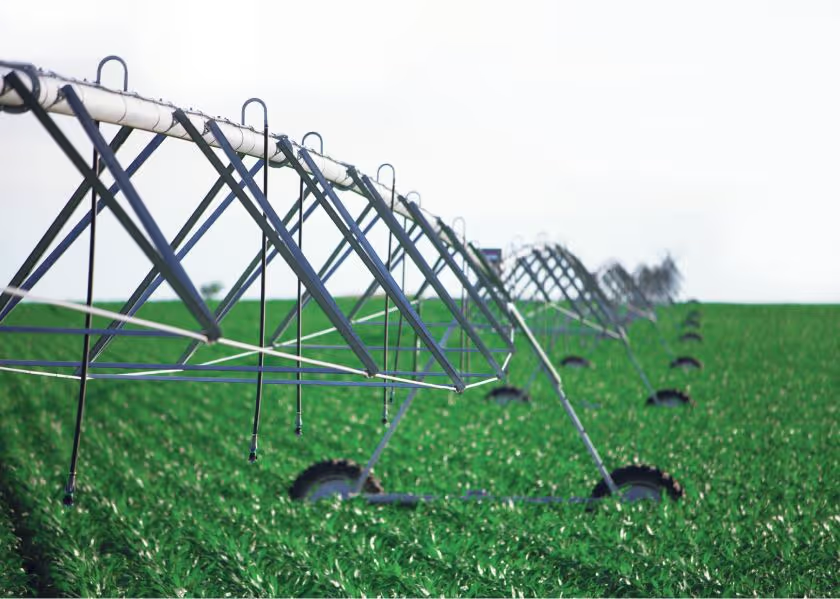
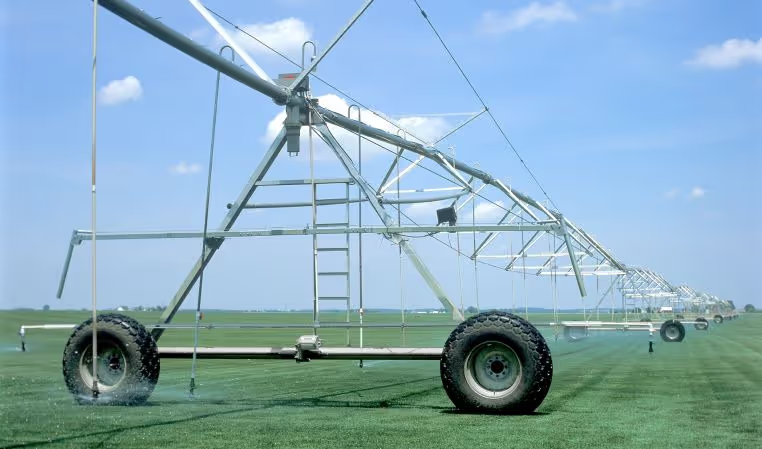
.avif)
.avif)
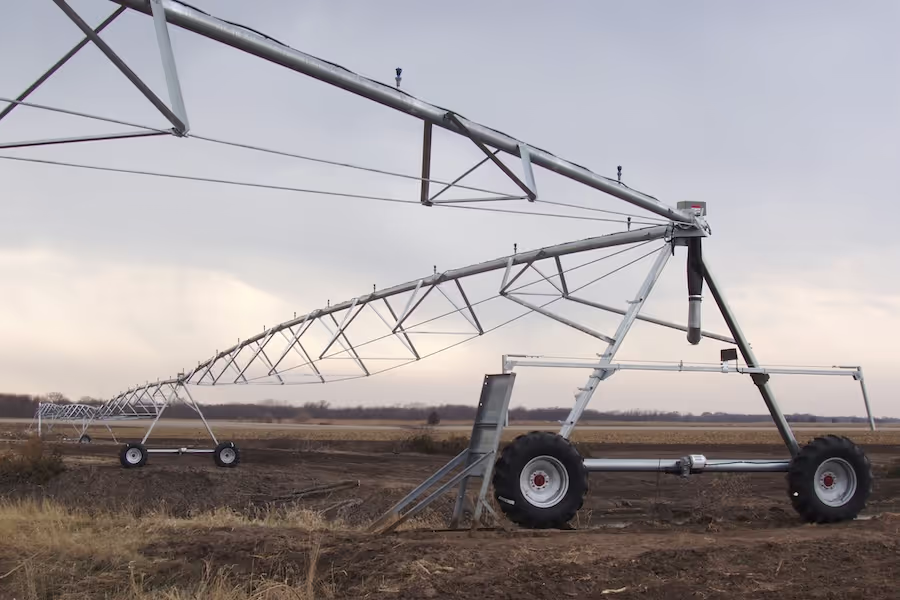


.avif)
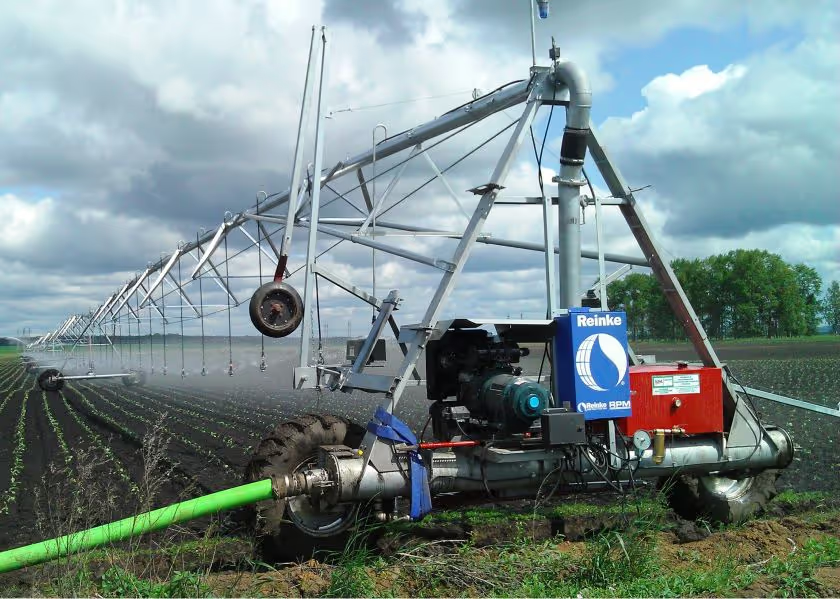
.avif)
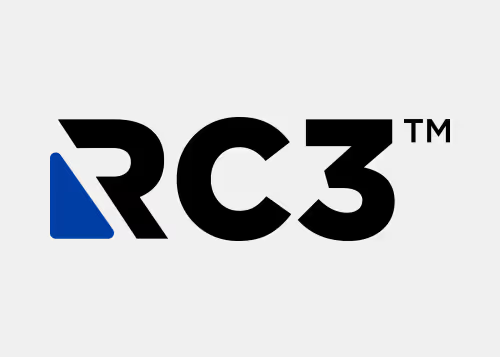
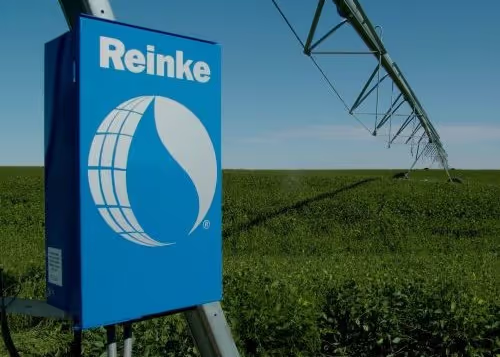
.avif)
.avif)


.png)